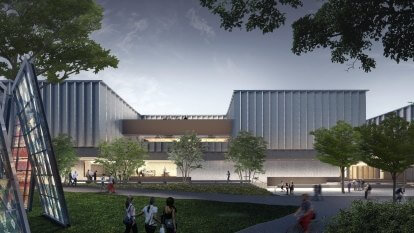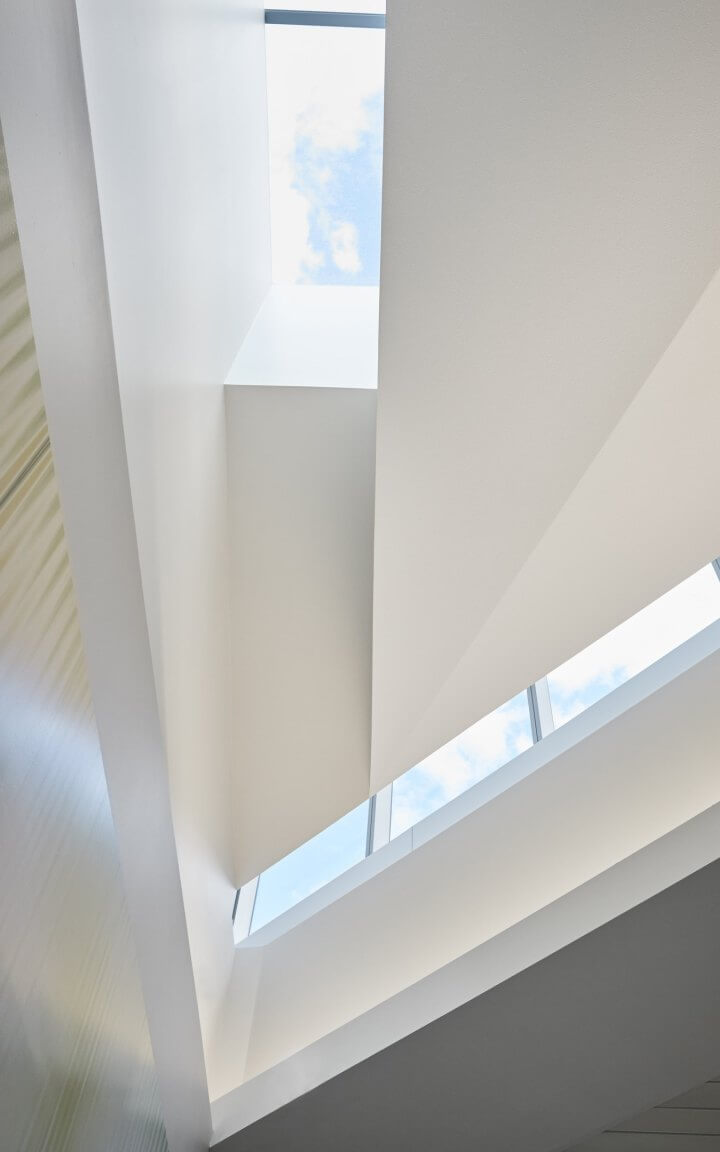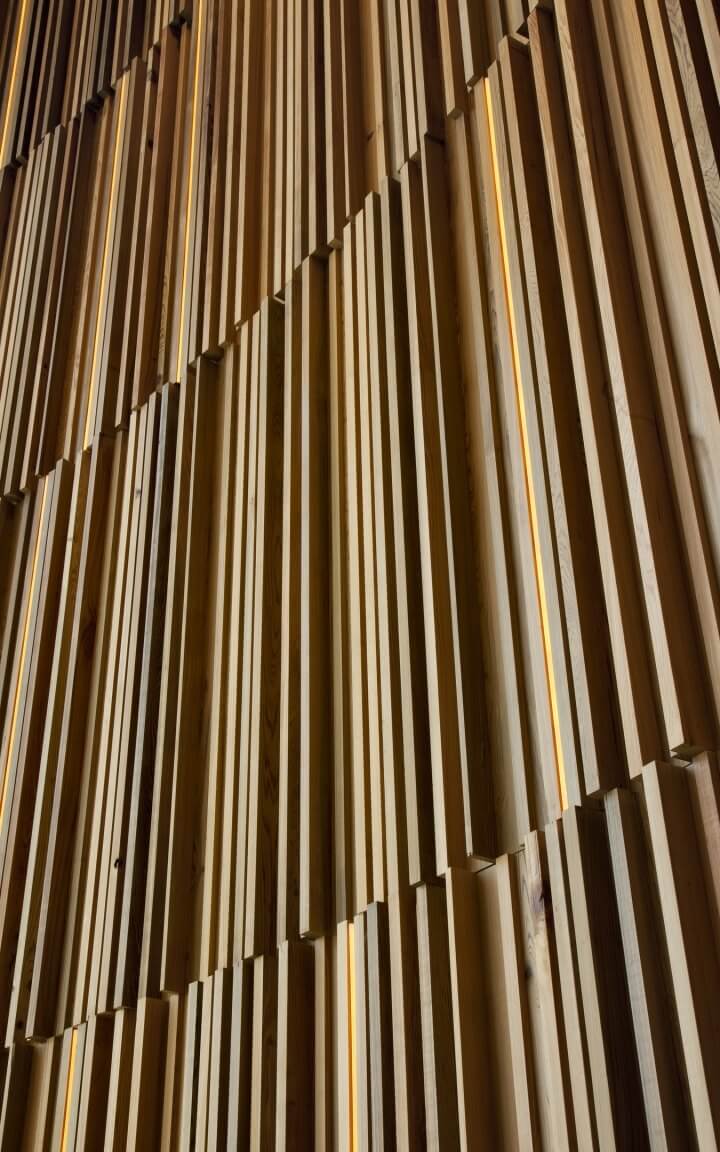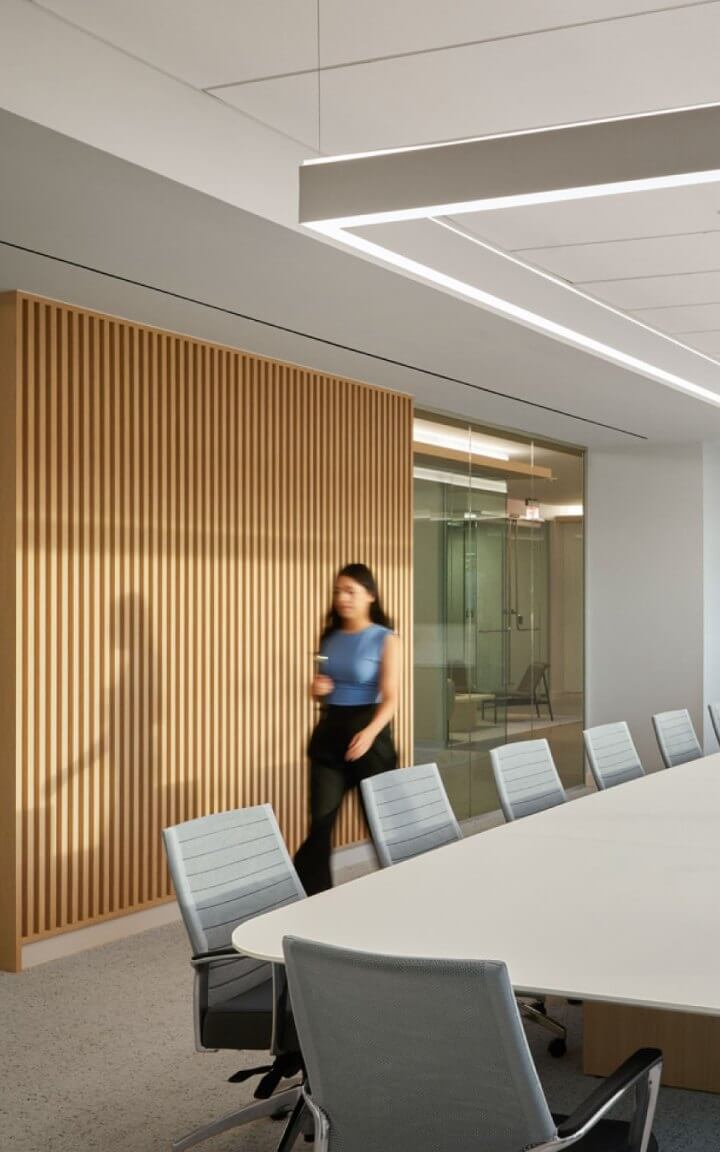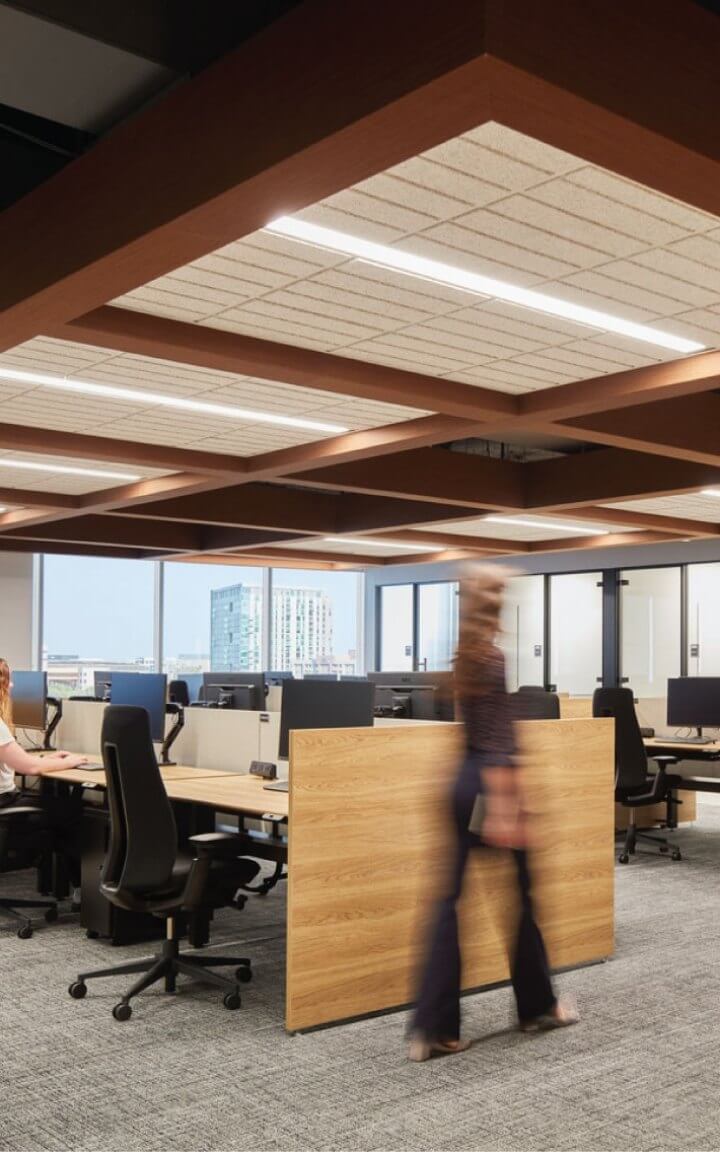Princeton University Art Museum
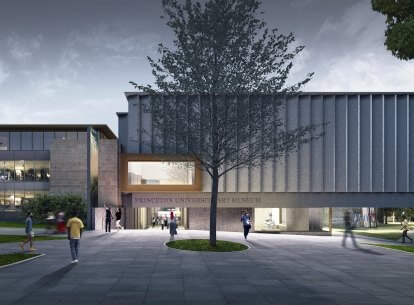
Project Stats
- Location
Princeton, New Jersey
- Role
Executive Architect
- Size
146,000 SF
- Market
- Expertise
Bigger and bolder
The new Princeton University Art Museum, a bold, modern facility that is woven into the architecture of the existing campus, doubles the previous museum footprint to 146,000 square feet. The former museum— five buildings that had been combined into one over the years — shared its space with the university’s fine arts library and department of arts and archaeology. The new design, located at the same site as the prior museum, aimed to modernize the facility, create a hub for the university community and serve as a gateway to the campus for the public.

Integrated and intertwined
A comprehensive space analysis identified crucial needs for gallery and teaching space, guiding the three-story building’s design on its historic campus location. The ground floor houses public and educational program spaces, including object study classrooms, two creativity labs, a small auditorium, two seminar rooms, and a grand hall with retractable seating.
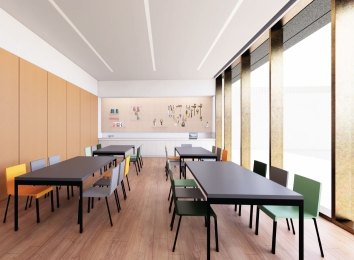
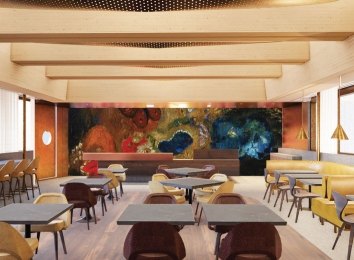
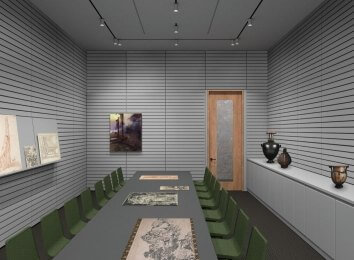
Collections, exhibitions, and a specialized conservation studio with an adjacent classroom occupy the second floor, while a public restaurant and staff offices are on the third floor. The new musueum increases educational spaces and visitor amenities by more than 75% and the exhibition areas are increased by nearly 40%. The design also shapes a new home for the university’s Department of Art and Archaeology, while retaining Marquand Library; together, the three units function as a dynamic center for research and teaching.



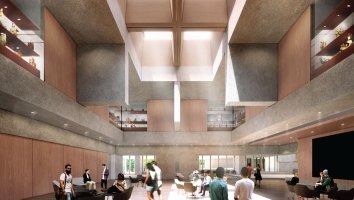
Conceived as a campus within a campus, the design features five gallery pavilions that respect the scale of the university’s architecture while creating varied experiences. These pavilions are linked with two additional pavilions, one that houses the conservation studio and Marquand Library, the existing 1960s building that contains the fine arts library. This strategy enabled each department to have its own front door. Two “art walks” serve as pedestrian thoroughfares through the building, integrating the museum into campus circulation.
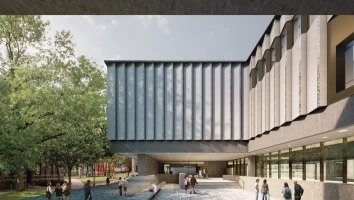

Textural and polished
The modern structure features a façade of alternating polished and rough sculptural precast concrete panels with bronze metal panels and aluminum-framed triple-pane glazing. While the shape of the museum provides contrast, the materiality is connected to the Gothic structures of the campus. A combination of grounded and cantilevered masses creates a permeable mass that is intertwined with the paths on the campus and offers multiple views from the outside in and from the inside out.
Glulam beams support the ceilings in the entrance hall, grand stair hall, and 18-foot-high pavilion gallery ceilings, integrating the space’s systems and providing a natural backdrop. Terrazzo and hardwood floors add polish, while the sandblasted concrete of the interior walls provide a contrasting texture.
This project was completed by Cooper Robertson before its acquisition by Corgan in November 2025.
